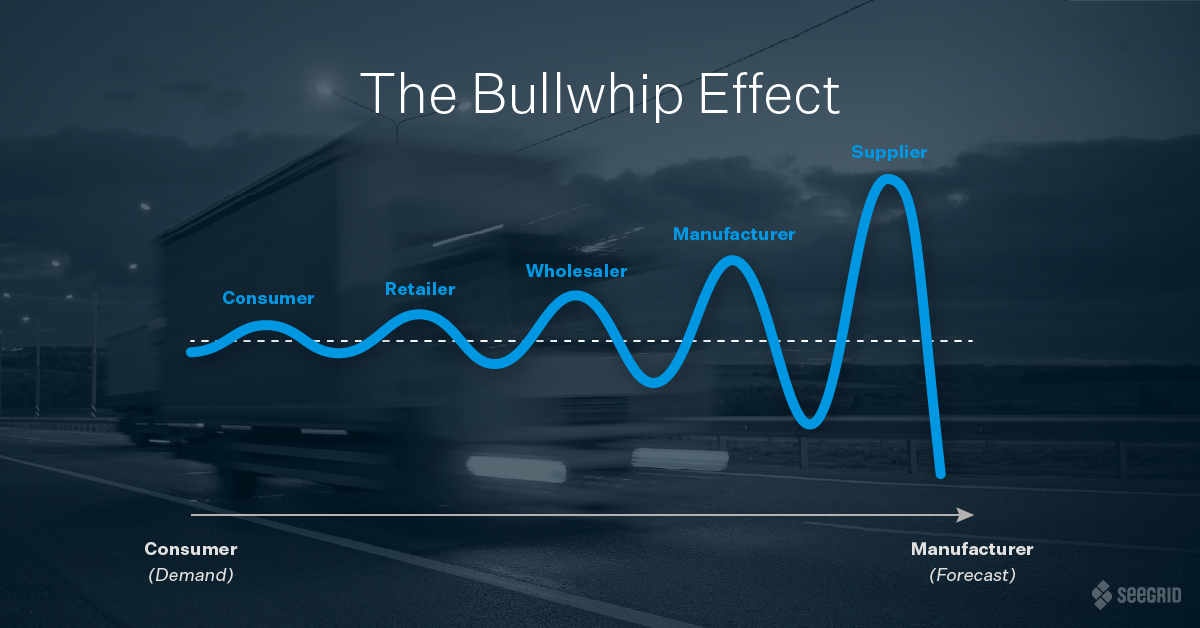This article was originally published in IndustryWeek.
As manufacturers and distributors undertake new automation initiatives and push toward Industry 4.0 - the fourth industrial revolution - they have access to an unprecedented amount of data.
The industrial internet of things (IIoT), constantly streams data through different kinds of smart devices and software programs. The trick is figuring out how to use the data in an impactful way that brings immediate value and drives continuous improvement.
We at Seegrid believe that while warehouse operations will change significantly over the next decade because of analytics, there are ways companies can reap the benefits of data right now and improve operations for both the short-term and long-term.
Track Performance in Real-Time
One metric manufacturers commonly used to evaluate production machinery is overall equipment effectiveness (OEE). Considered the gold standard for measuring manufacturing productivity, OEE is calculated as a percentage of manufacturing time that is truly productive. OEE analysis ensures warehouse operators maximize a company’s investment in its equipment.
A similar metric should be used as a best practice in materials handling. The latest innovations in automation enable access to digitally captured data that didn’t previously exist.
For example, self-driving vehicles can communicate valuable data from their routes and about their loads in order to optimize throughput. This data can feed evaluations and provide insight into material flow efficiencies. By using easy-to-understand, visual charts, facility leaders can quickly get up to speed on vehicle status in real time, ensuring optimal day-to-day performance and maximizing adoption of the new technology.
Start Small and Create a Baseline
To ensure long-term success with new automation solutions and to avoid disruption to daily business, we recommend that companies implement these technologies incrementally. Doing so allows time to test out a new solution, adjust to it, and prove its value before rolling it out on a wider scale.
Starting out with an incremental program will establish a baseline of data for future comparison. Operations can create standard reports on material flow effectiveness, which will serve as a solid foundation they can analyze and compare against for further optimization.
For example, one of our auto manufacturing customer had been roughly estimating how long it took to replenish parts with a manually driven vehicle – but had no hard numbers. By leveraging data from new, self-driving vehicles, the company was able to understand the real time the process took, reduce the amount of time allocated to it, and improve takt time.
Choose the Right Platform
As plants and warehouses evolve into smart factories, it will be crucial they choose smart platforms that bring all components of their automated solutions together – such as self-driving vehicles, software systems, and physical infrastructure – to increase efficiency and improve material flow.
An effective management system will enable flawless material flow and seamless access to real-time data. A management system that shows real-time status details allows for immediate corrections and communication of any issues, which is better than relying on word-of-mouth or manual data capture. The right management system helps identify immediate actionable opportunities to reduce waste and increase throughput.
As we move forward into Industry 4.0 and smart, automated systems become more intertwined, data produced from these systems will forever change manufacturing. Gathering valuable insights will accelerate efficiency and optimization. However, manufacturers don’t have to wait to make the most out of the data that is available today. By applying a measurement similar to OEE, leaders in materials handling can evaluate performance, quantify the value of automation, and create a foundation for more optimization in the future.






